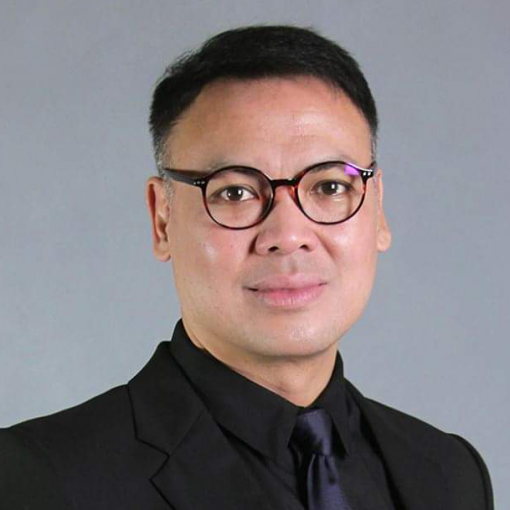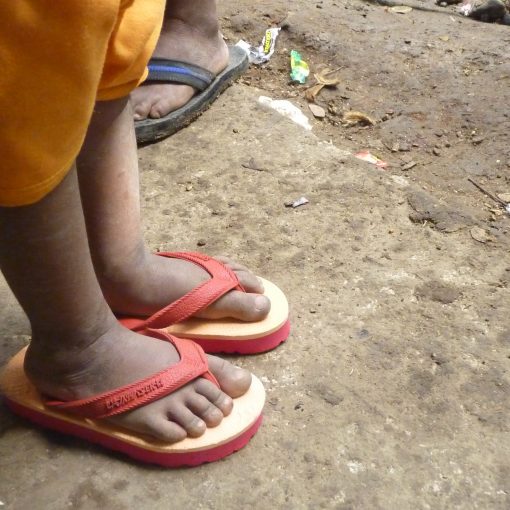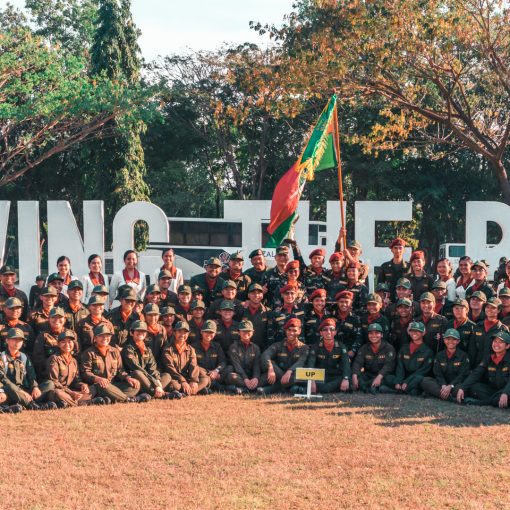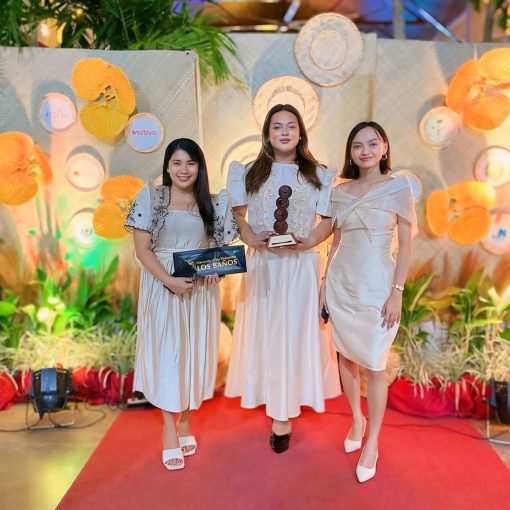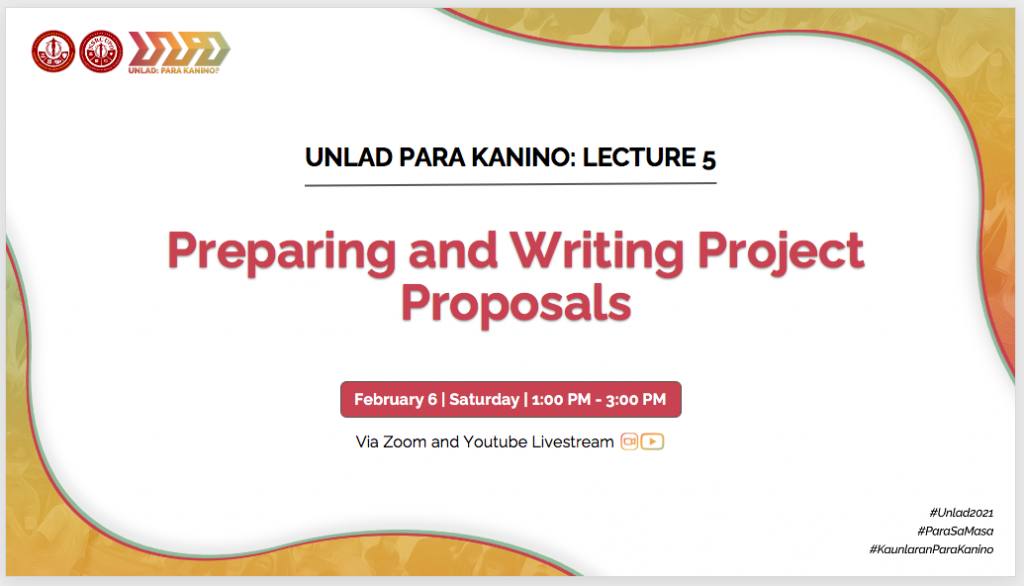
The final webinar of the series, UNLAD: Para kanino? Talakayan ukol sa pagbubuo ng mga proyektong pang-kaunlaran ng komunidad, explored the fundamentals of Preparing and Writing Project Proposals. The session’s speaker was Assistant Professor Devralin T. Lagos from the College of Social Work and Community Development, University of the Philippines Diliman.
Just like with the previous sessions, this webinar is aimed at ensuring that all processes involved from the conceptualization until evaluation of projects in the community are anchored upon the principles of a people-centered development. It emphasized the importance of community organizing. Project development practitioners need to conduct iterative and joint writing workshops and to assign community workers as “facilitators of development planning and proposal development” that “handover the stick” to the community. The speaker reiterated that the people in the communities are not just “add-ons.” They should be the centre of the project.
To be anchored in the principles of people-centred development means to undertake the questions “Kaninong plano at pangarap ang dapat maisalamin ng project proposal?” and “Sino ang dapat magsulat ng proposal?” With conviction, the speaker answered that her bias was that the community members should be writing the proposal. In the latter part of her presentation, she cited an example where a community wrote a paper abstract and even presented it at an international conference proving her point that community members can write a project proposal. However, she acknowledged the prevalence of instances where the office or the students themselves write the proposal. Most importantly, she reminded everyone that it is still possible to engage in participatory methods when writing proposals.
The speaker cited an example that reinforced the mentioned key points. A fisherfolk community harvests and sells shellfish. This community is prone to red tide, resulting in loss of income and extreme hunger and poverty. The community had done community planning workshops concerning their situation due to the red tide. They analyzed their progression of vulnerability and progression of safety. They realized that their lack of savings even without red tide causes extreme poverty. Poverty is the lack of access to resources of the community. It was now clear to them that there are steps and actions they can take to foster resilience and to keep away from experiencing hunger. They also realized that they can access the calamity fund and acquire technology and pieces of machinery for disaster preparedness. Lastly, they formulated recommendations on actions to take when red tide occurs.
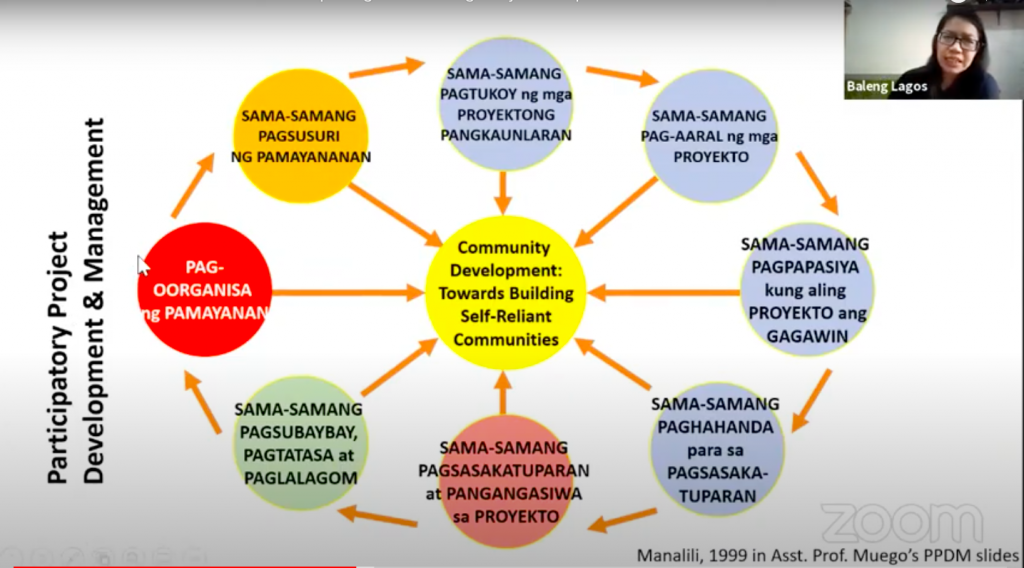
She proceeded to say that these plans can be developed into projects. The community now has options on what projects shall be continued. Here comes the project designing phase. The project design should be flexible and should contain action-reflection-action plans. This means incorporating frequent assessment and replanning sessions in the project design. It is also vital to know the context of the community, the strategies to be used, and the desired results.
In writing a proposal, the format is also important. The speaker mentioned a format that one can follow. It starts with a Cover Letter and is followed by an Executive Summary. It is then followed by the Project Summary, the Background/Rationale, and the Project Description. The next section will be the Project Methodology and the Project Management and Structure. The last two sections will be the Monitoring and Evaluation System and the Project Budget. For the content, she reminded everyone that demographics like the number of women, men, indigenous, and children should be included in the project proposal. She also reminded everyone that capacity building should always be part of community engagement projects.
When we talk about projects, we cannot isolate them from the notion of failure. Some of the observations the speaker mentioned that result in project failure include choosing inappropriate strategies, prioritizing the donor’s inclinations, and having unclear purposes. The speaker ended her presentation by reminding everyone that “ang mga proyekto ay mga daan tungo sa pagbabago o pagpapadaloy ng mga proseso kung saan yung dating pinagkakaitan, gusto natin na ma-claim naman nila yung mga karapatan nila na lumahok na maclaim yung kapangyarihan.”
During the Question and Answer part of the webinar, the speaker opened the idea of choosing even the funding agency. She mentioned that some organizations pick funding agencies that believe and abide by the principles of people-centered development. She also mentioned how the community research team is helpful in attaining desired goals. This is in response to a question on meeting the deadlines of the funding agencies. On another question about reestablishing the confidence of the community, she reminded everyone to be genuine and continue engaging with the community to establish rapport with the hopes of guiding the community to self-actualization and victories that will boost their confidence. It will also make them realize that they are able to improve their situations by taking actions aligned with that goal.
The webinar has finally reached a summit. The participants now heed the call to reach for the communities. For the true peak of the series is when its lessons are translated into actions. The participants carry with them the lessons from this series that are expected to be converted into actions that will prioritize people-centred development and amplify the voices of the communities.
by Abegail Panghulan


